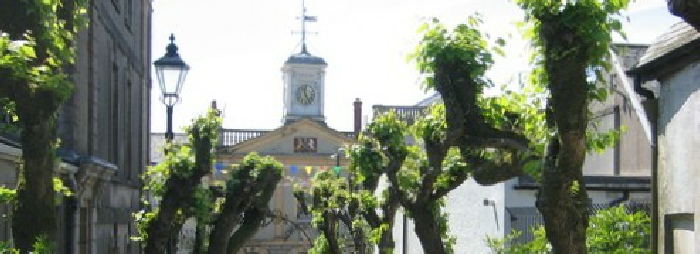
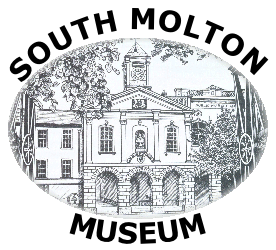

Museum's 2016 Exhibition Programme
March/April - Artwork by Richard Blackmore
Richard Blackmore was born in Cambridge in 1951, to a Devonian father, and has had a strong affection for the landscapes of Devon from his earliest years. From 1987 - 2011 he was Head teacher at Bishops Nympton Primary School, near South Molton.
Richard has enjoyed painting for many years, largely inspired by an intense feeling for his surroundings, whether these are mountains, moorlands and wild coasts, local farms, or more rarely, cities. He paints chiefly in watercolour, but also likes to work in pastel, oil, acrylic and ink. Works by other artists, particularly Trevor Chamberline, David Bellamy, Rowland Hilder, Ray Balkwill and Lionel Aggett, have influenced him both in subject as well as technique.
May to August - Artwork by Hilary Paynter
We are delighted to host an exhibition of wood engravings by leading artist Hilary Paynter, Past President of the Royal Society of Painter-
Hilary played a major part in the revival of the Society of Wood Engravers during the early 1980’s, and has been instrumental in publicising this highly skilled method of producing fine illustrations. She cuts directly into end grain woods such as box and pear, following in the tradition of the great exponent of the art, Thomas Bewick (1753-
Her subject matter is wide ranging, encompassing themes such as buildings, cats, gardens, landscapes and social comment. Her work is represented in many public galleries and museums, including amongst others the Ashmolean Museum, Birmingham city art gallery, Fitzwilliam Museum and the Victoria & Albert Museum.
June-August: Lace and lace-making
Lace-making was a cottage industry throughout many areas of England from the 16th century onwards. As it is very labour intensive, lace tended to be produced in small quantities, which were then gathered up and stitched together to form larger panels. In Devon these were often marketed through Honiton, hence the name Honiton Lace.
Lace –making gradually became more mechanised, and factories were established to produce lace in commercial quantities, with a new lace factory established at South Molton by Maunder & Son in 1824.
We are grateful to local resident Mrs Sue Morgan, for her work in curating a display of lace and lace making at the museum.
Lace-
Lace –making gradually became more mechanised, and factories were established to produce lace in commercial quantities, with a new lace factory established at South Molton by Maunder & Son in 1824.
We are grateful to local resident Mrs Sue Morgan, for her work in curating a display of lace and lace making at the museum.
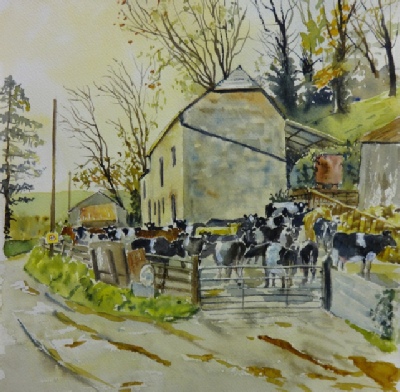
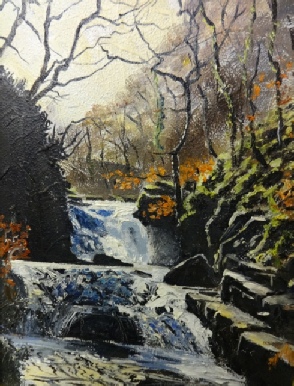
Watersmeet
Farmyard -
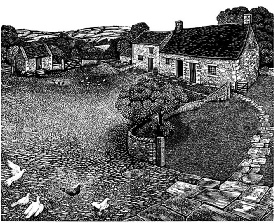
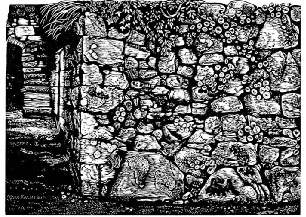
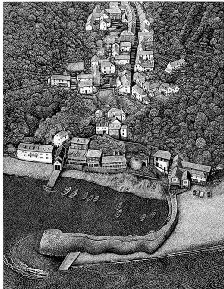
Cherryburn
Clovelly
Guernsey wall with pennywort
